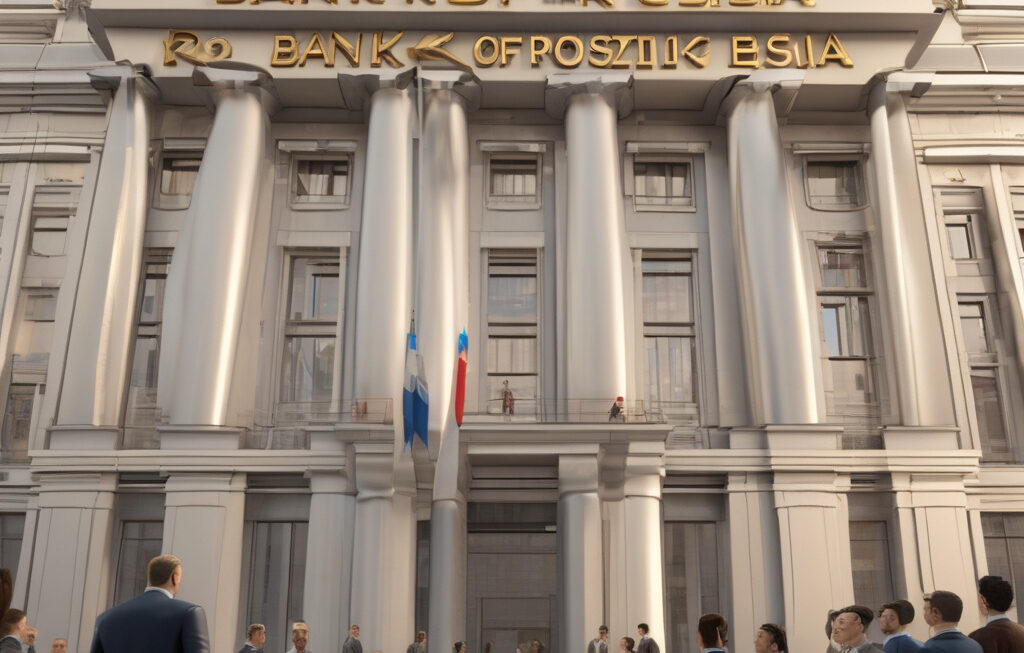ING Explores Euro Stablecoin Opportunity as MiCA Regulation Allows Banks to Issue Digital Currencies
The world of banking is on the brink of a major transformation as the European Union’s Markets in Crypto-Assets (MiCA) regulation opens up new possibilities for financial institutions. Among the frontrunners in exploring these opportunities is ING, one of the largest banks in Europe. With the regulatory landscape now more conducive, ING is eyeing the potential issuance of a Euro-based stablecoin, a move that could have far-reaching implications for the banking sector and the broader digital economy.
MiCA, which is set to come into effect in 2024, provides a comprehensive framework for the regulation of crypto-assets in the EU. One of the key provisions of MiCA is the authorization for banks to issue stablecoins pegged to traditional currencies like the Euro. This represents a significant shift in how financial institutions can leverage blockchain technology to create digital assets with intrinsic value and stability.
For banks like ING, the opportunity to issue a Euro stablecoin opens up a myriad of possibilities. Stablecoins are designed to minimize the price volatility that is commonly associated with cryptocurrencies like Bitcoin and Ethereum. By pegging the value of the stablecoin to a fiat currency such as the Euro, banks can offer customers a digital asset that combines the benefits of blockchain technology with the stability of traditional currencies.
The potential benefits of a Euro stablecoin issued by ING are manifold. For one, it could streamline cross-border transactions within the Eurozone, reducing the time and cost associated with traditional banking services. Additionally, a Euro stablecoin could facilitate instant payments and settlements, enhancing the efficiency of financial transactions for both consumers and businesses.
Moreover, the issuance of a Euro stablecoin could position ING as a pioneer in the digital asset space, setting it apart from competitors and attracting tech-savvy customers who are increasingly looking for innovative financial products. By embracing this new technology, ING has the opportunity to stay ahead of the curve and solidify its reputation as a forward-thinking financial institution.
While the prospect of a Euro stablecoin is exciting, it also raises important questions around regulation, security, and consumer protection. As with any digital asset, ensuring compliance with AML (Anti-Money Laundering) and KYC (Know Your Customer) regulations will be paramount. Additionally, robust security measures will need to be put in place to safeguard against cyber threats and hacking attempts.
From a consumer perspective, there may be concerns around data privacy and the potential implications of a cashless society. As digital payments become increasingly prevalent, ensuring that individuals have control over their financial data and transactions will be crucial. Banks like ING will need to strike a balance between innovation and consumer protection to build trust and confidence in their digital assets.
In conclusion, the emergence of MiCA regulation presents a unique opportunity for banks like ING to explore the issuance of Euro stablecoins and tap into the growing market for digital assets. By leveraging blockchain technology and embracing innovation, ING has the chance to reshape the future of banking and lead the way in the digital economy. As the regulatory landscape continues to evolve, it will be fascinating to see how banks navigate this new terrain and harness the potential of stablecoins for the benefit of their customers and the broader financial ecosystem.
ING, Euro stablecoin, MiCA regulation, digital economy, blockchain technology












